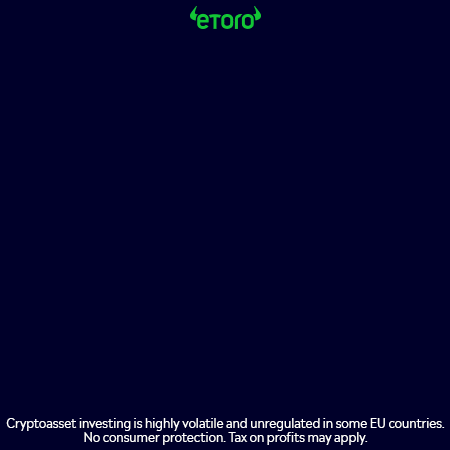After less than 13,000,000 of the 210 million Sango Coins were sold, the token sale by the Central African Republic seemed to have been slow. According to the country, its decision to adopt Bitcoin has been praised by “other African countries that are exploring the possibility of adopting a similar system.
According to reports, the sale of the Sango crypto token by Central African Republic (CAR), which began on July 25, started slowly. Only 13 million coins have been sold so far. The initial selling price of $0.10 per coin means that the CAR has raised approximately $1.26million since the sale began. A website has been tracking the sale.
Investors who wish to purchase a share of the 210,000,000 Sango coins must pay a minimum $500, as previously reported on Bitcoin.com News. Potential buyers can pay using Bitcoin or Ethereum.
Although details regarding the sale of the crypto token and the technology used to anchor it remain murky, a statement was released by the team that promotes the project. It seemed to address these concerns as well as others. The CAR team addresses reports that the Sango cryptocurrency is backed with bitcoin. CAR team stated:
SANGO, the coin from the Sango sidechain will be fractionally backed with Bitcoin. This simply means that the Central African Republic Treasury (CAR) will include a Bitcoin reserve fund.
Because bitcoin is backed, “Sango will now be able to use wrapped Bitcoin (s – BTC), in the Sango ecosystem.”
Sango is immune to the De-Pegging risk
According to the CAR leadership, bitcoin is an “optimal option for a digital storeof value, allowing citizens democratize money, and ensuring that current monetary difficulties will be overcome.”
The Sango team acknowledged that the CAR received backlash for its decision to legalize bitcoin. The team claims that the move attracted the attention and support of prominent figures in crypto such as Changpeng Zhao, Michael Saylor, and others.
According to the statement, CAR was also praised by other African countries that are “experiencing the possibility of adopting a similar scheme.” However, it does not name these countries.










